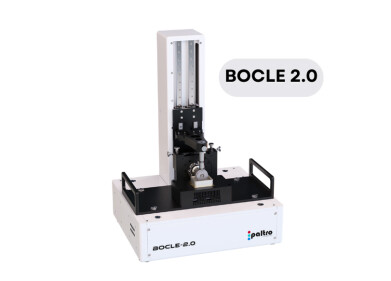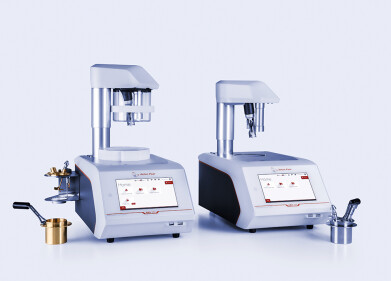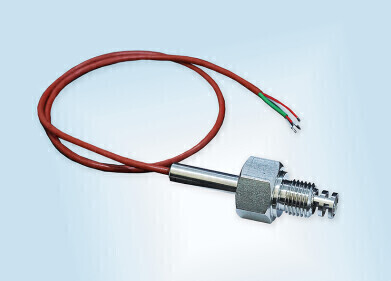Lubricant analysis
What Qualities Does Lubricant Analysis Measure?
Nov 18 2022
Lubricant analysis has two core goals:
- To assess the performance of lubricants and determine suitability for different applications. The focus is usually on the physical and chemical properties of lubricants.
- To assess the overall health of the mechanical system by detecting contaminants and foreign particles. Data is used to inform operators, direct maintenance decisions and detect mechanical issues before they cause major problems.
When used correctly, lubricant analysis can be an invaluable tool for mechanical operators. Knowing what tests to carry out is essential as this helps unlock the right data. Read on for a closer look at the different qualities assessed during lubricant analysis and why they matter.
Viscosity
Of all the properties used to assess the quality and performance of lubricating oils, viscosity is one of the most important. This parameter measures the thickness of the lubricant, which affects its ability to reduce friction between moving parts. Viscosity also determines the strength of the film and its resistance to contamination from water, particulate matter and other lubricants. Viscosity tests are standard when carrying out qualification testing. This ensures the lubricant meets the minimum criteria advertised by the manufacturer.
Flash point
Lubricants are subject to the same strict safety regulations as other products used in mechanical environments. Flash point is an important parameter and helps determine how resistant a lubricant is to fire and explosion. Standardised ASTM tests are used to assess flash point, which is defined as the lowest temperature at which lubricant vapours combust when exposed to an ignition source such as a flame.
Oxidation stability
Oxidation stability describes the ability of a lubricant to withstand chemical reactions when exposed to oxygen. These reactions can degrade lubricants and affect performance. Exposure to water, acids, high temperatures and catalysts can accelerate the process.
Particle counting
Particle counting analysis can be an effective way to detect contaminants in lubricating oils. It’s a fast, easy and cost efficient way to determine how clean the circulating oil is and whether it needs to be replaced. High concentrations of contaminants can indicate more serious issues such as mechanical wear on moving parts. This makes particle counting a useful predictive maintenance tool.
Acid/base number
Analysing the acid/base numbers of lubricating oils is another useful way to detect contaminants and foreign particles.
Elemental analysis
Elemental analysis is a useful way to detect dozens of different wear metals in circulating lubricants. It can also be used to detect concentrations of contaminants and additives. Elemental Spectroscopy is a common technique used to carry out analysis. Most operators incorporate elemental analysis into preventive maintenance strategies. It’s also a useful tool for trend analysis.
Dropping Point is another test used to analyse lubricants and prevent mechanical component failures. Find out more about the technique in ‘What Does the Dropping Point Test Really Mean for Greases: An In-depth Look.’
Digital Edition
PIN 25.6 Buyers' Guide
January 2025
Buyers' Guide Directory - Product Listings by Category - Suppliers Listings (A-Z) Articles Analytical Instrumentation - ASTM D7042: The Quantum Leap in Viscosity Testing Technology -...
View all digital editions
Events
Jan 20 2025 San Diego, CA, USA
Jan 22 2025 Tokyo, Japan
Jan 25 2025 San Diego, CA, USA
SPE Hydraulic Fracturing Technology Conference and Exhibition
Feb 04 2025 The Woodlands, TX, USA
Feb 05 2025 Guangzhou, China



















